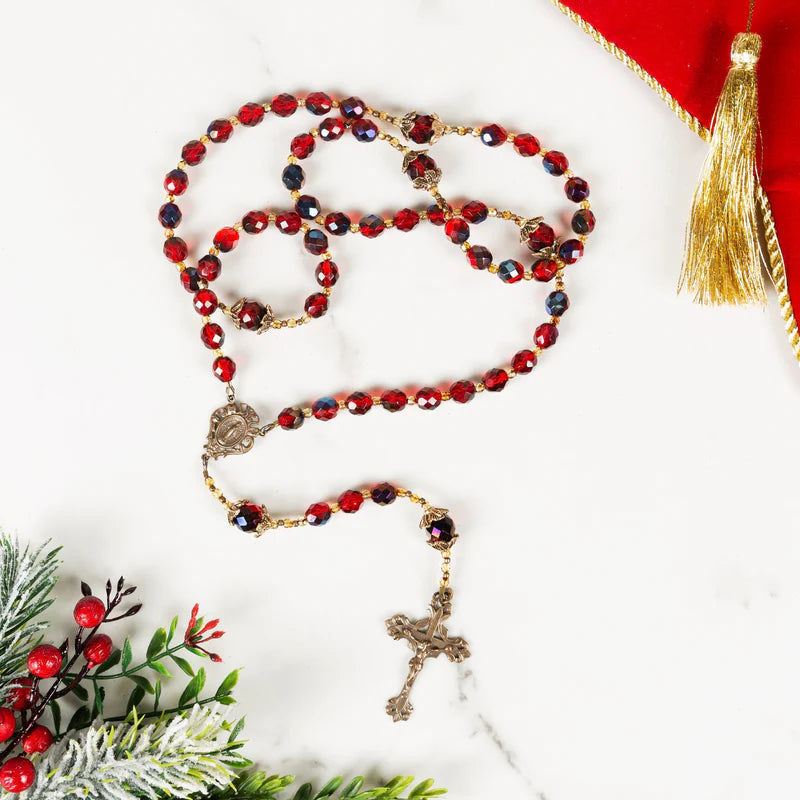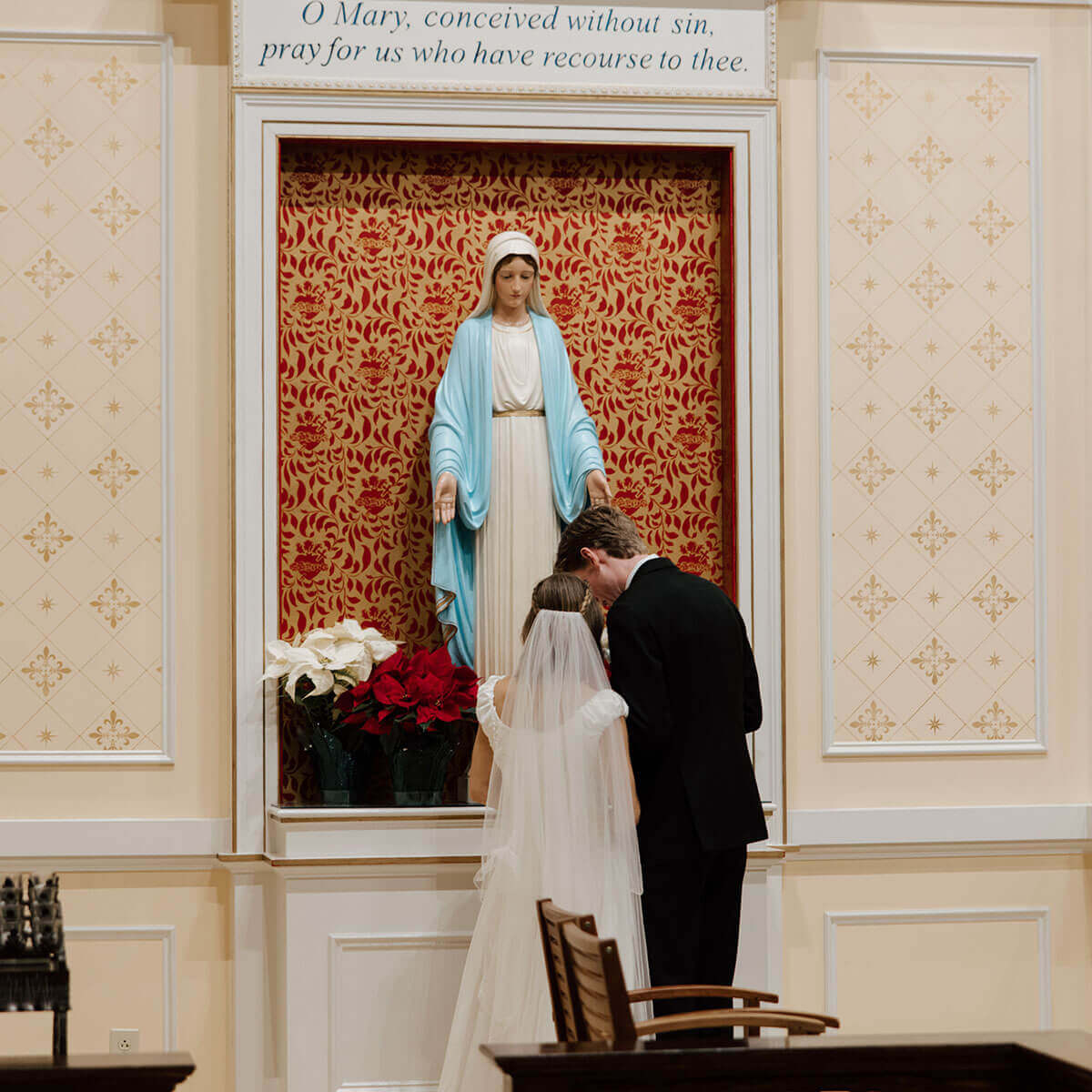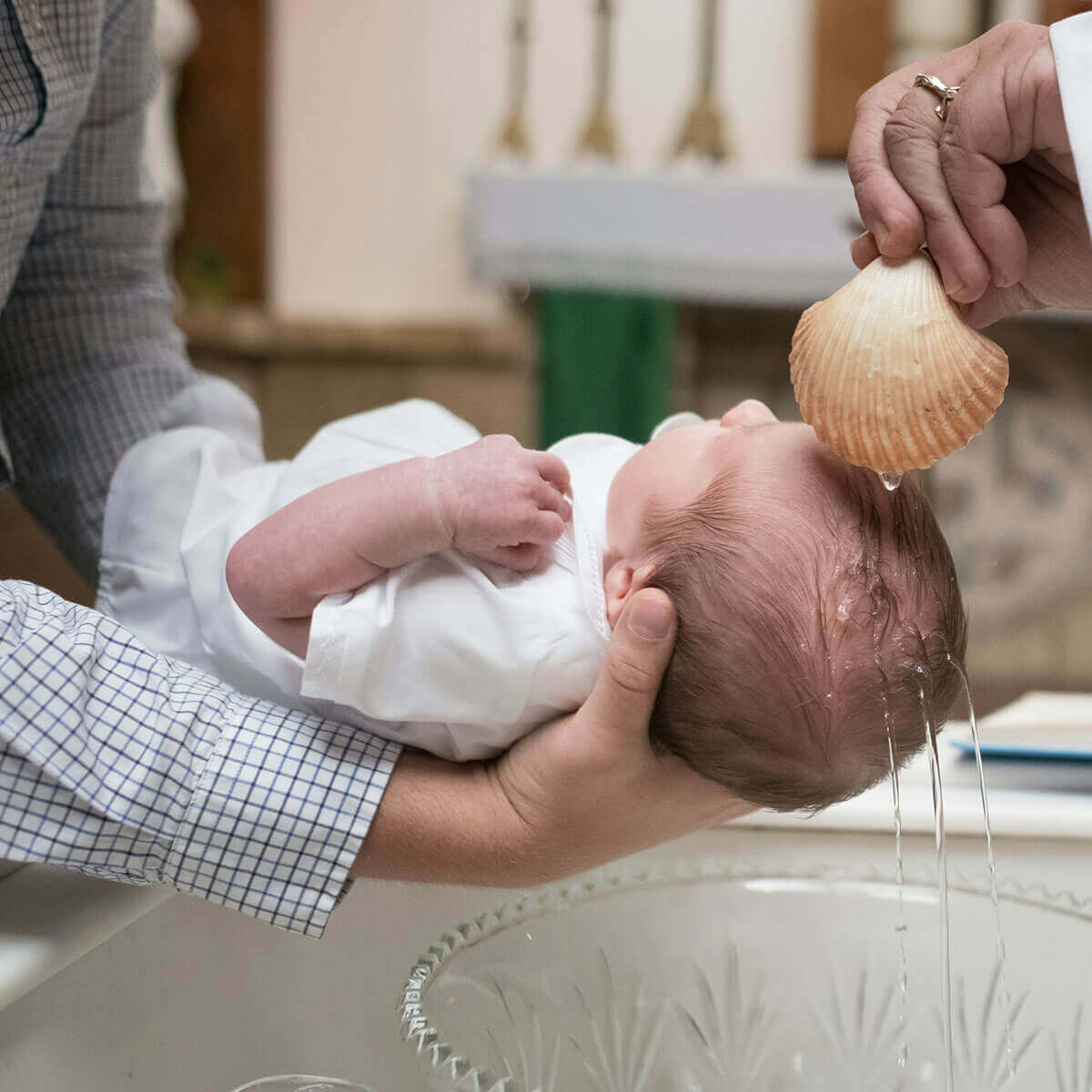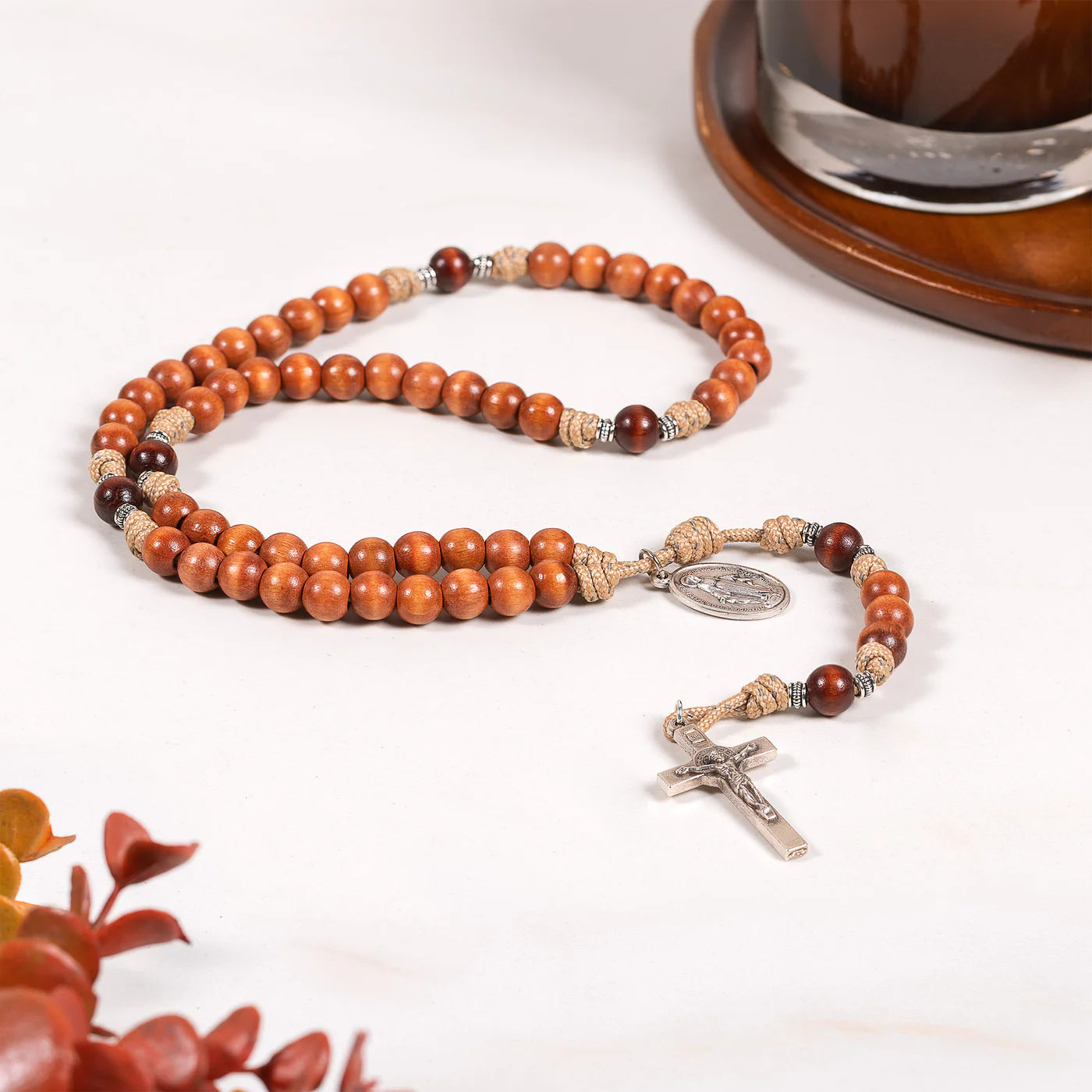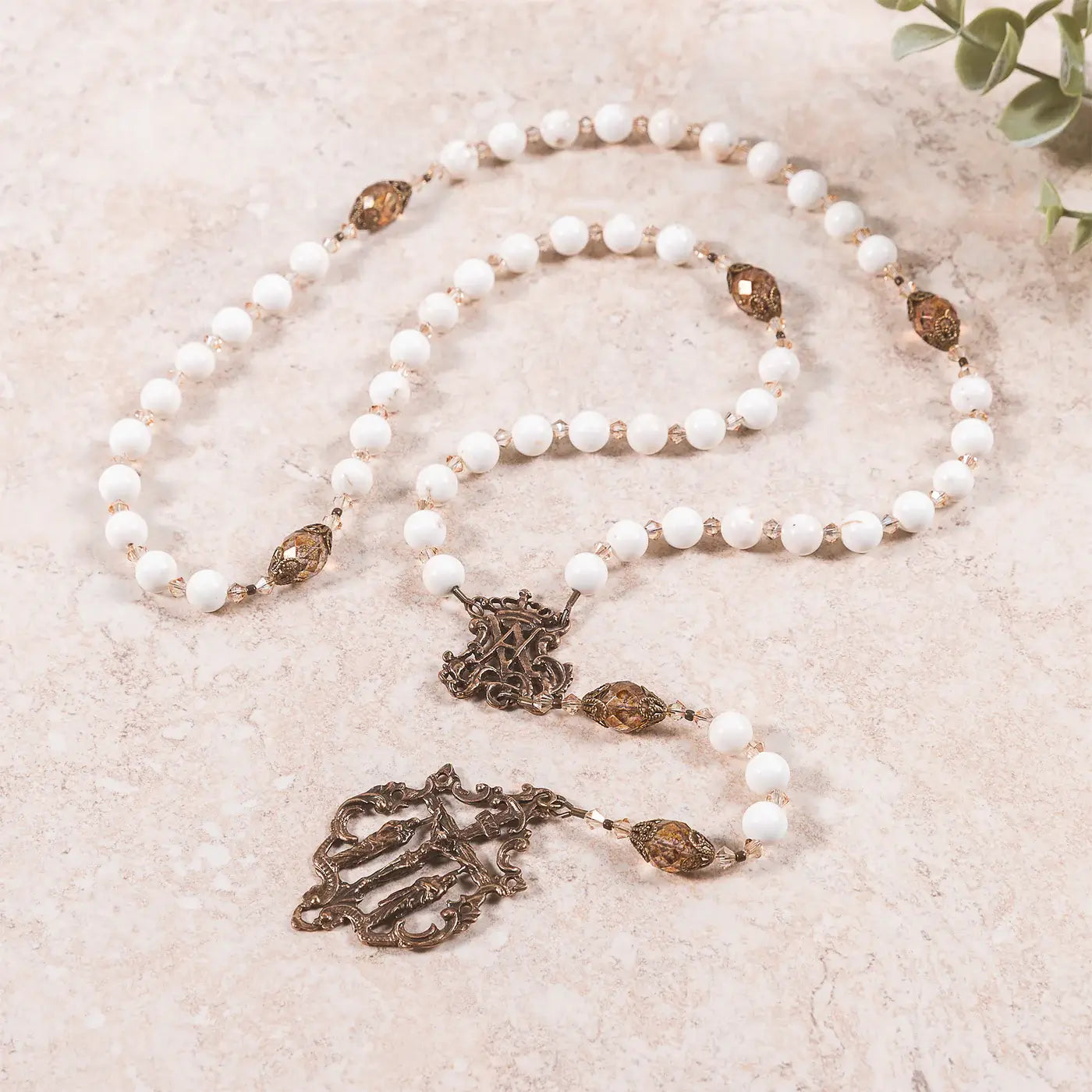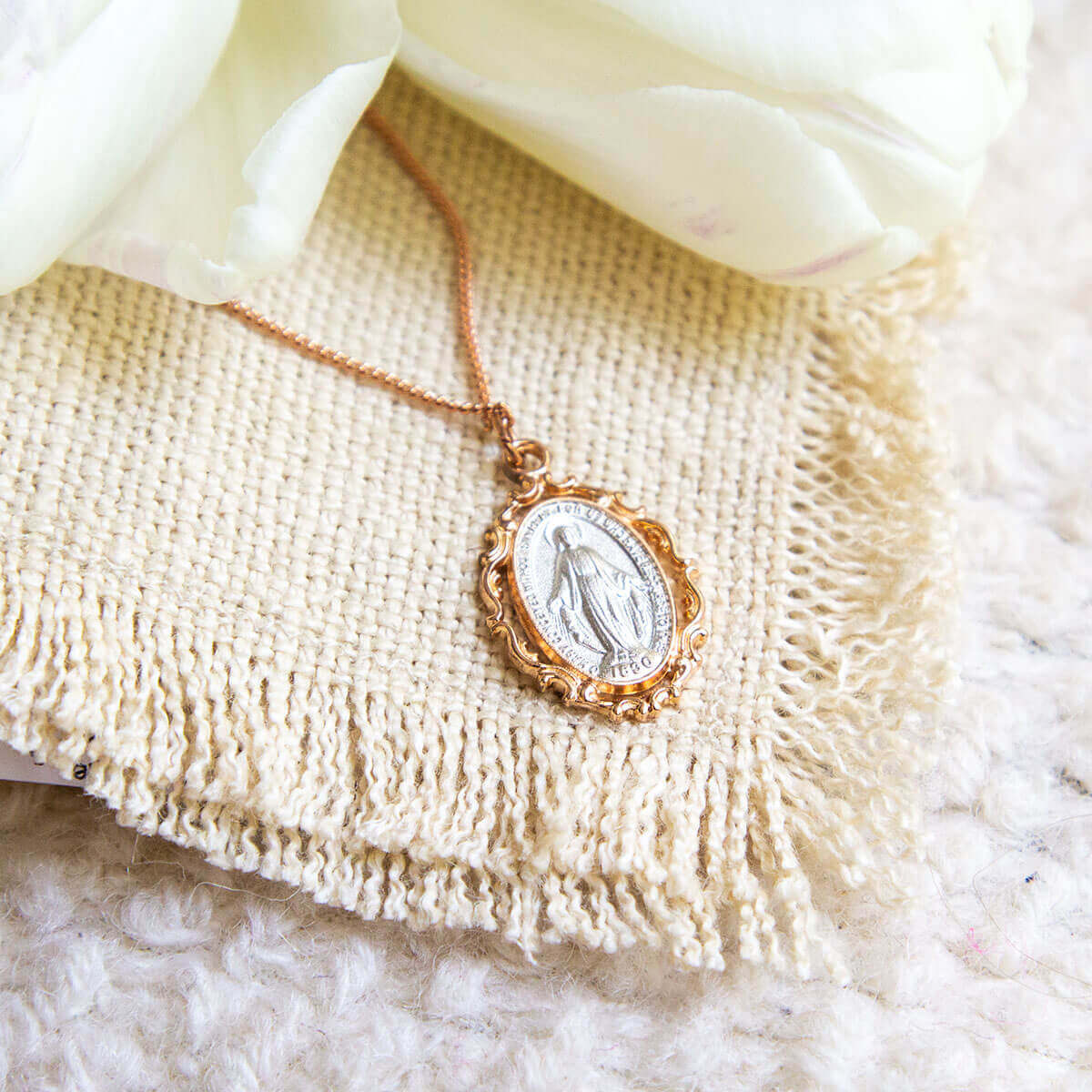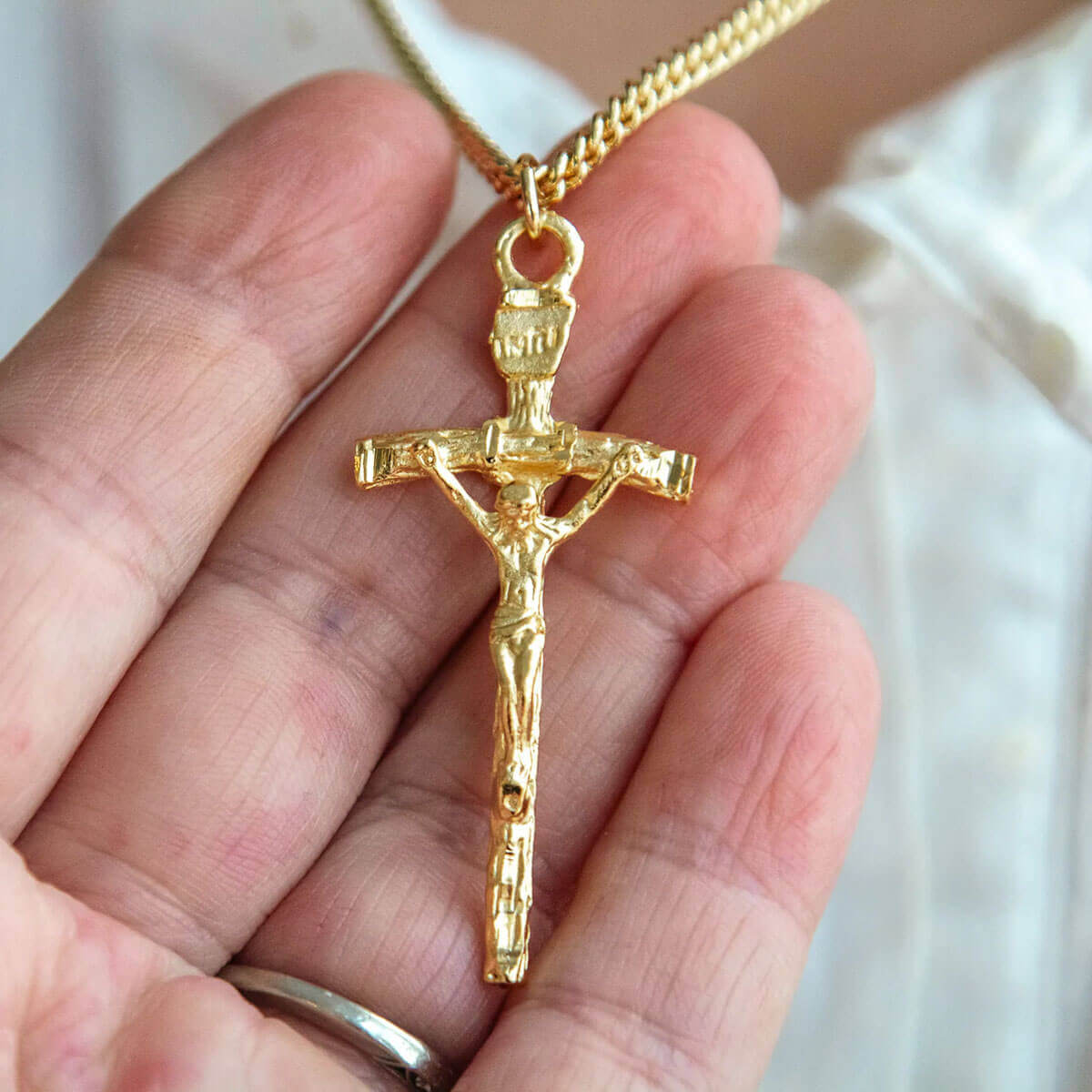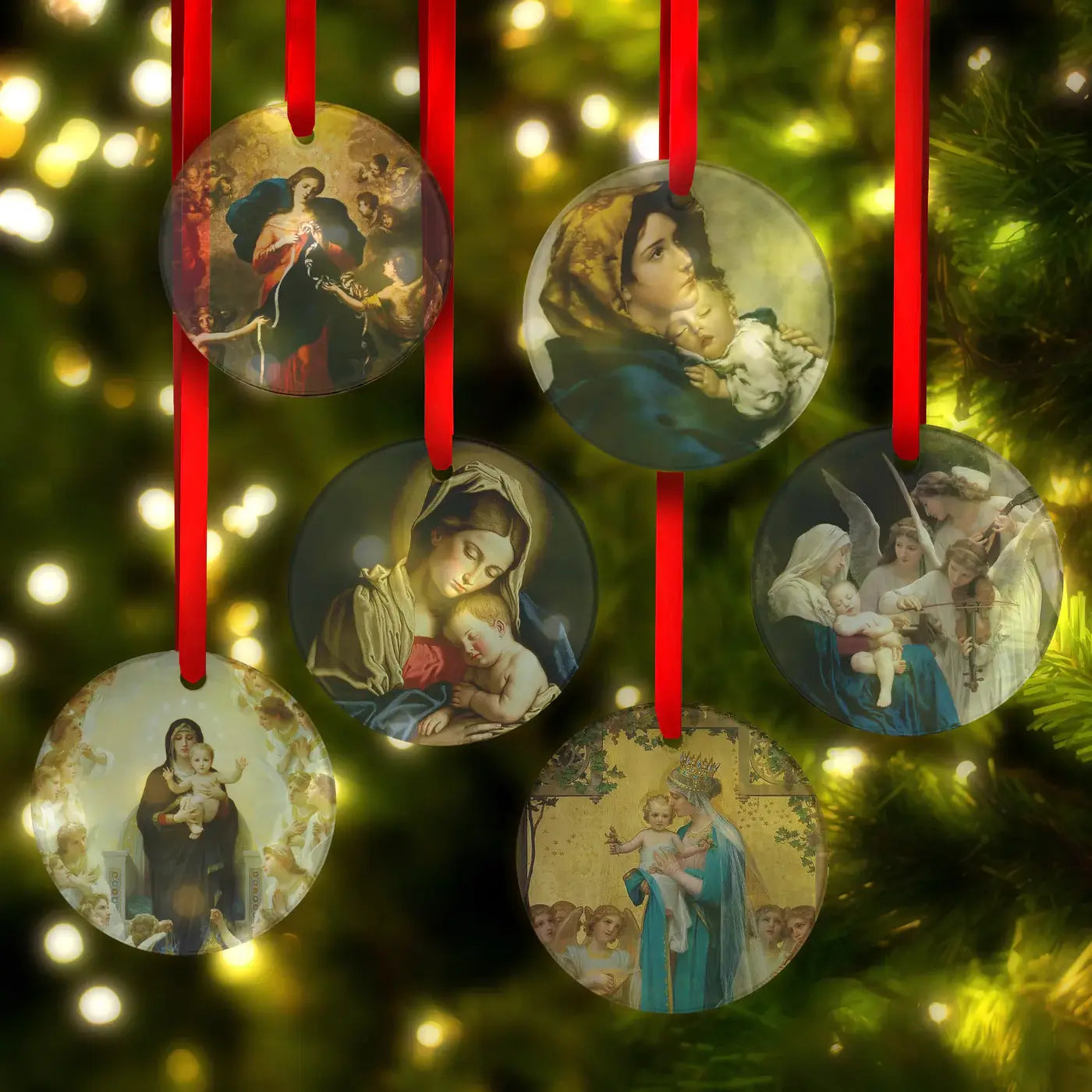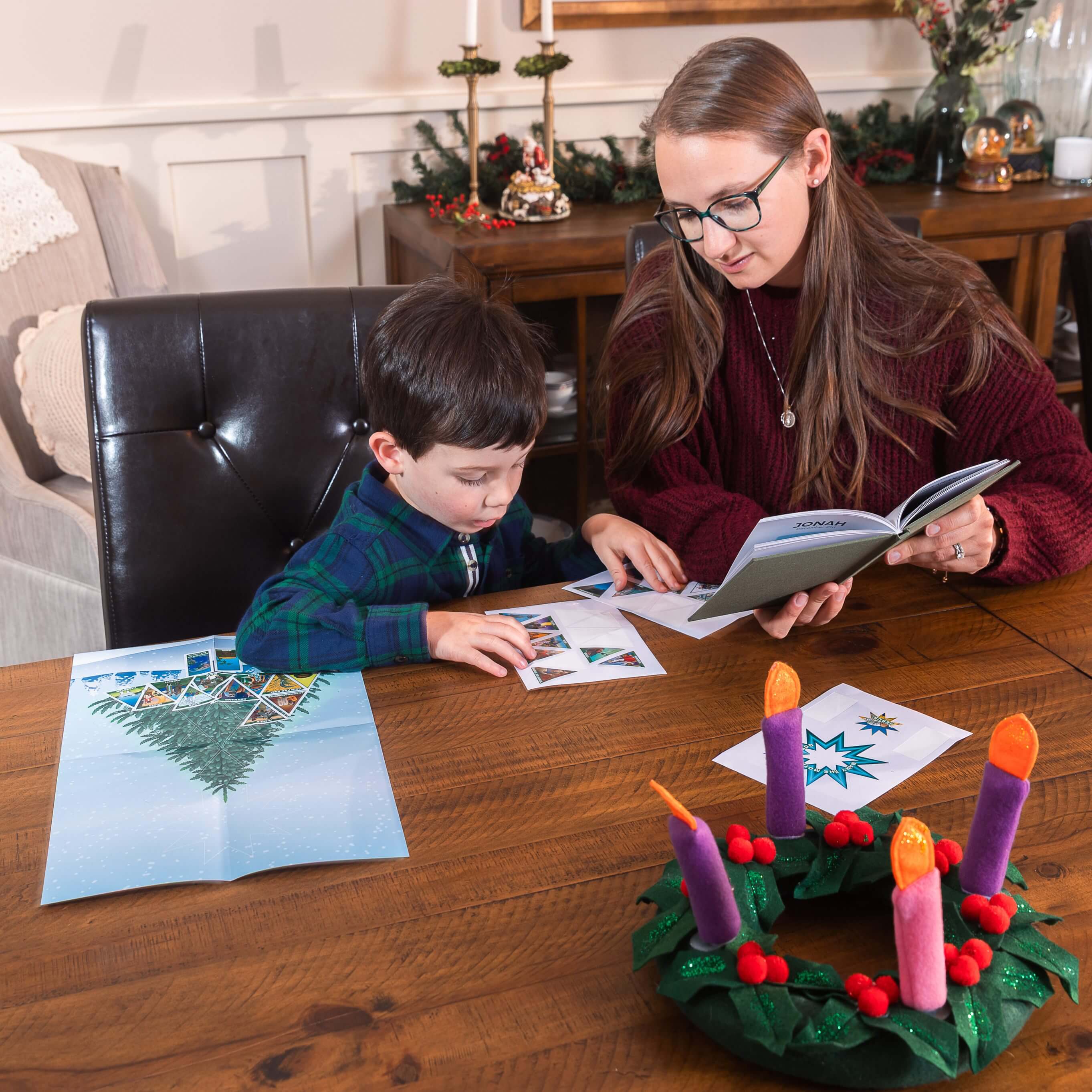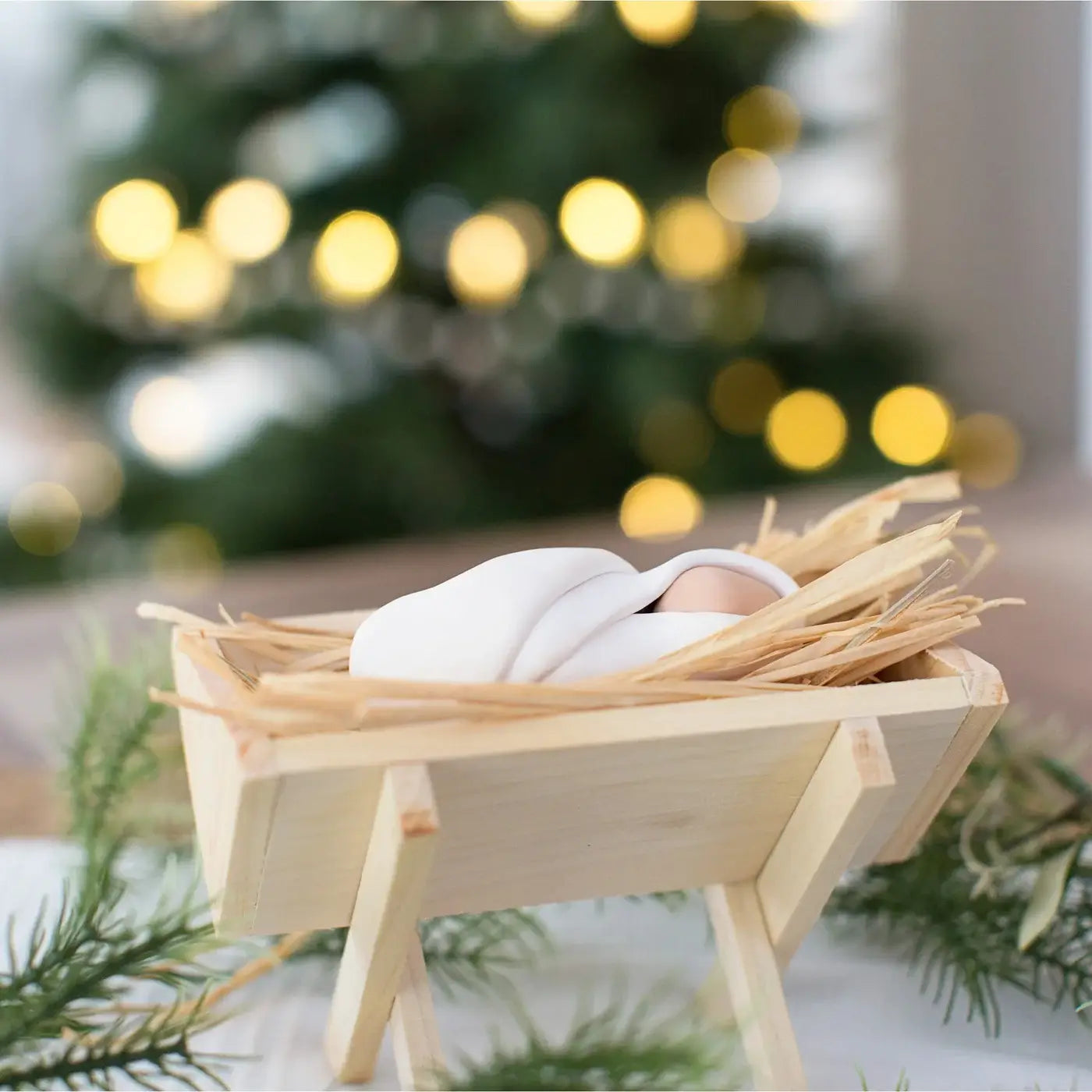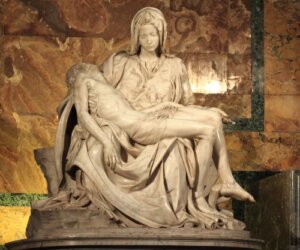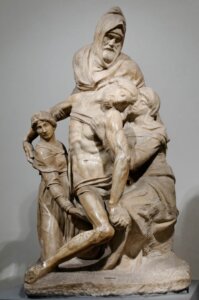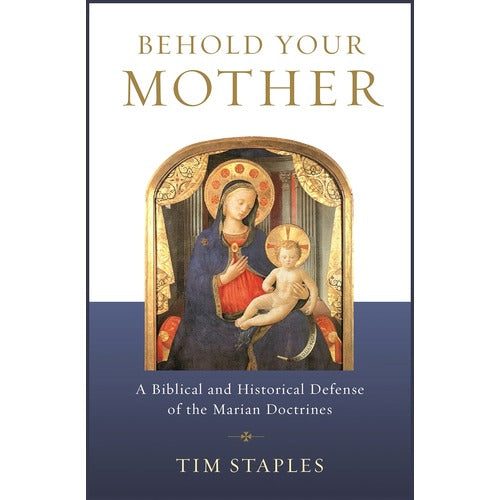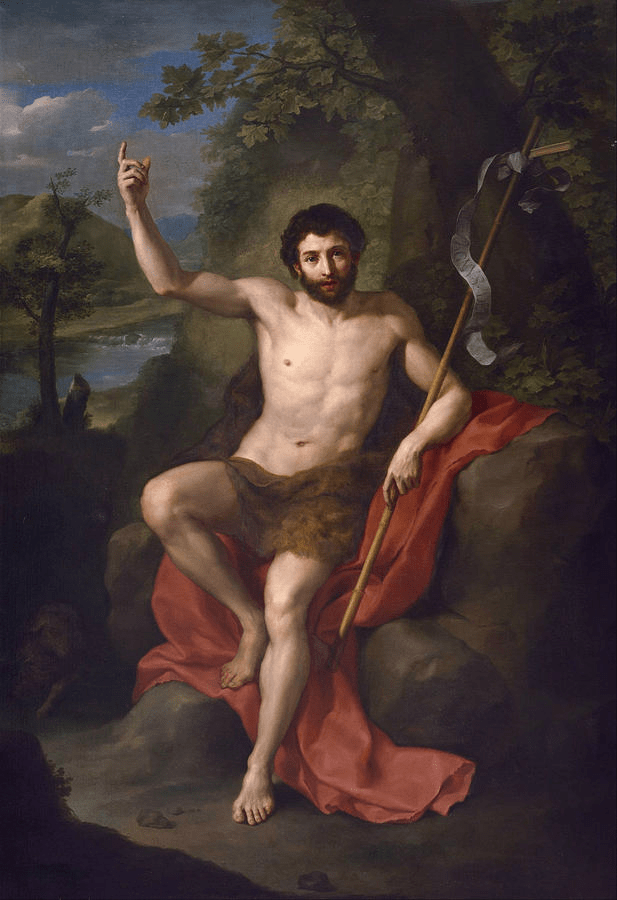Michelangelo’s Pietà is one of the most famous pieces of art in the world. This stunning depiction of Our Lady holding her crucified Son in her arms is a sculpture of almost indescribable perfection in its visual beauty, spiritual depth, and emotional pathos. Housed at St. Peter’s Basilica in Rome, it was completed when the famous artist was only twenty-four years old and kickstarted an illustrious career that would feature other timeless works such as the sculpture of David and the ceiling of the Sistine Chapel.
But did you know that Michelangelo sculpted more than one Pietà?
At the end of his life, he worked on two more: the Bandini Pietà, also called The Deposition, and the Rondanini Pietà. Both are markedly different in style from his best-known piece, yet both seem to contain the elderly Michelangelo’s awareness of his own mortality—and both remained unfinished upon his death in 1564.
The Deposition is a four-figure piece showing Christ held by Nicodemus, with Our Lady and Mary Magdalene on either side. Michelangelo began it around 1547 and originally intended it for his own tomb. In 1555, for reasons that are not entirely clear but seem related to his dissatisfaction with the work, he attacked it with a hammer and tried to destroy it until a servant stopped him. Michelangelo never worked on it again, but it was restored and partially completed by an apprentice sculptor and now resides in the Museo dell’Opera del Duomo in Florence.
Michelangelo worked on the Rondanini from about 1553 until just days before his death. Like the original, it only features Our Lord and Our Lady, but the figures are far more similar to the elongated, ethereal figures of artists like El Greco than the earlier, idealistic style of the first Pietà. Its home is now the Castello Sforzesco in Milan.
The scene of the Sorrowful Mother and her Son seems, therefore, to provide some kind of beginning and end to Michelangelo’s life as an artist. It was a theme that provided his first great inspiration and gradually enveloped him again as he drew near his own death.
The mystery of Christ’s sacrifice, and the integral role of His Mother in that sacrifice, are realities so familiar to us that it is tempting to take them for granted. But just as we can dig further into the life and work of Michelangelo and unearth the true devotion that inspired not just one but three Pietàs, so can we enter more deeply into this mystery that for us, too, can be our guiding light through life.
A good way to foster this devotion is to have a replica in your home, in a place where you can see it and reflect on it on a regular basis. The Catholic Company has beautiful reproductions of Michelangelo’s famous Pietà in various sizes that can assist you in your own devotion to the Sorrowful Mother and her crucified Son. You can browse our selection here!


